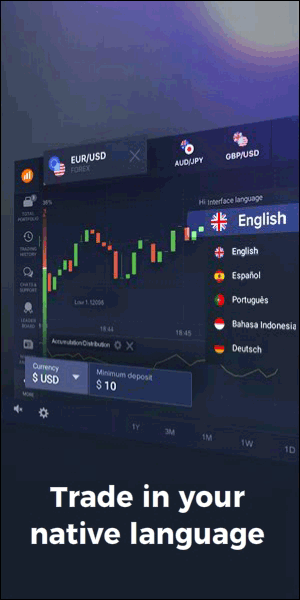Moving Average Strategy for Daytrading Forex (Easy Crossover Strategy)
Dive into the world of Forex daytrading with our comprehensive guide on the Moving Average Crossover Strategy. We unveil the best practices, common mistakes to avoid, and advanced techniques to enhance your trading experience. Whether you’re a beginner or a seasoned trader, our insights will help you navigate the markets more effectively and make more informed trading decisions. Discover how to master the art of Forex trading and boost your potential profits with our easy-to-follow strategies.
Daytrading in Forex can be a challenging endeavor, and finding the right strategy can make all the difference in your trading success. One of the most popular and straightforward strategies involves the use of moving averages. In this article, we will delve into the Moving Average Crossover Strategy, revealing the best practices and common pitfalls to help you maximize your trading potential.
Understanding the Moving Average Crossover
The Moving Average Crossover Strategy involves using two moving averages: a fast-moving average (e.g., 20-period) and a slow-moving average (e.g., 50-period). The basic premise is simple: when the fast-moving average crosses above the slow-moving average, it signals a potential buying opportunity. Conversely, when the fast-moving average crosses below the slow-moving average, it may be time to sell.
However, it’s crucial to note that not all crossovers are created equal. Many traders fall into the trap of acting on every crossover event, leading to false signals and potential losses, especially in range-bound markets. To optimize this strategy, it’s important to recognize and avoid these common mistakes.
Common Mistakes and How to Avoid Them
Mistake #1: Overreacting to Every Crossover
Many traders take a position as soon as they observe a crossover, without considering the market context. This strategy only works well in trending markets and can lead to numerous false signals in ranging markets. To avoid this, closely observe how the market has reacted to past crossovers and choose your markets wisely.
Mistake #2: Using Too Many Moving Averages
The more moving averages you use, the later your entry signals will be. This can lead to missed opportunities and delayed reactions. Stick to using two moving averages to keep your strategy simple and effective.
Mistake #3: Trading on Lower Time Frames
Lower time frames tend to have more range-bound markets and less clear trends, which can result in more false signals. For better results, utilize higher time frames like the daily or one-hour chart.
How to Trade the Moving Average Crossover Effectively

- Choose the Right Time Frame: Opt for a higher time frame, such as the daily or one-hour chart, to filter out the noise of lower time frames.
- Pick the Right Pair: Analyze different currency pairs and choose one that has a history of reacting well to moving average crossovers.
- Use Two Moving Averages: Use a fast (e.g., 20-period) and a slow (e.g., 50-period) moving average to generate your signals.
- Look for Confirmation: Ensure the market has consistently reacted to crossovers in the past before taking a position.
- Use an Exit Indicator: Rather than waiting for another crossover to exit, use an exit indicator like the ATR Trailing Stop Loss to secure profits.
Advanced Strategies: Combining with Other Indicators
Trading Moving Averages as Support and Resistance:
You can also use moving averages as dynamic support and resistance levels. Combine this approach with the Stochastic indicator to identify potential reversal points when the price touches these levels, and the Stochastic is in overbought or oversold territory.
Boosting Win Rates with the 200 EMA:
Combine any indicator with the 200 Exponential Moving Average (EMA) to increase its win rate. Only take buy signals when the price is above the 200 EMA and sell signals when below. This simple addition can significantly improve your trading results.
Conclusion
The Moving Average Crossover Strategy is a powerful tool in the Forex daytrader’s arsenal, but it requires careful implementation and a keen eye for market conditions. By avoiding common mistakes, choosing the right time frames and currency pairs, and combining your strategy with other indicators, you can harness the full potential of this straightforward yet effective strategy. Remember, no strategy guarantees success, but with practice and diligence, the Moving Average Crossover Strategy can be a valuable addition to your trading toolkit.







